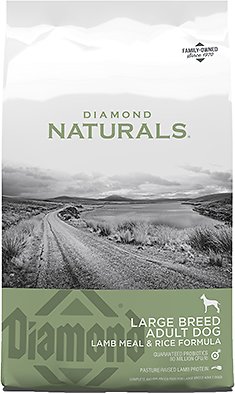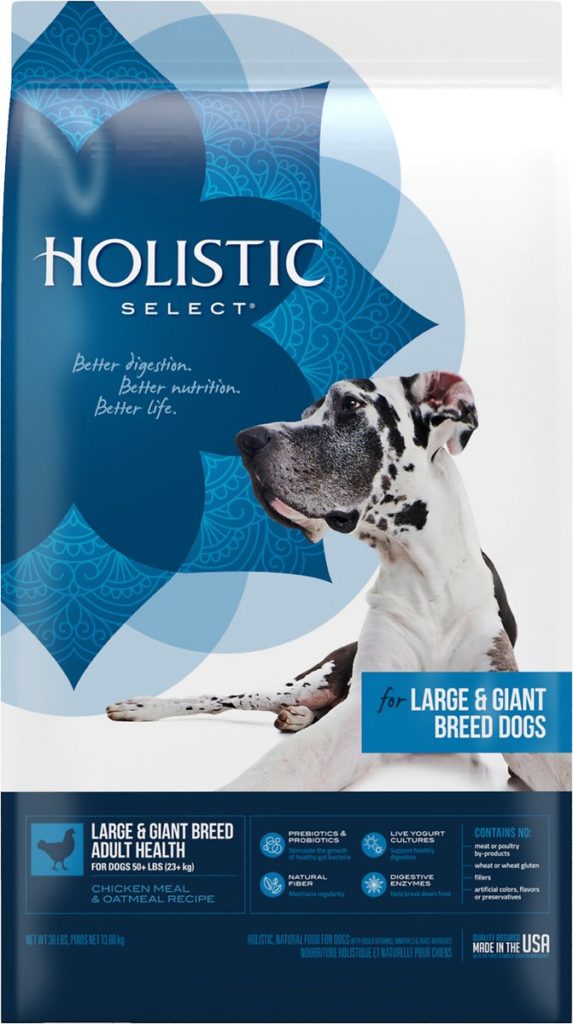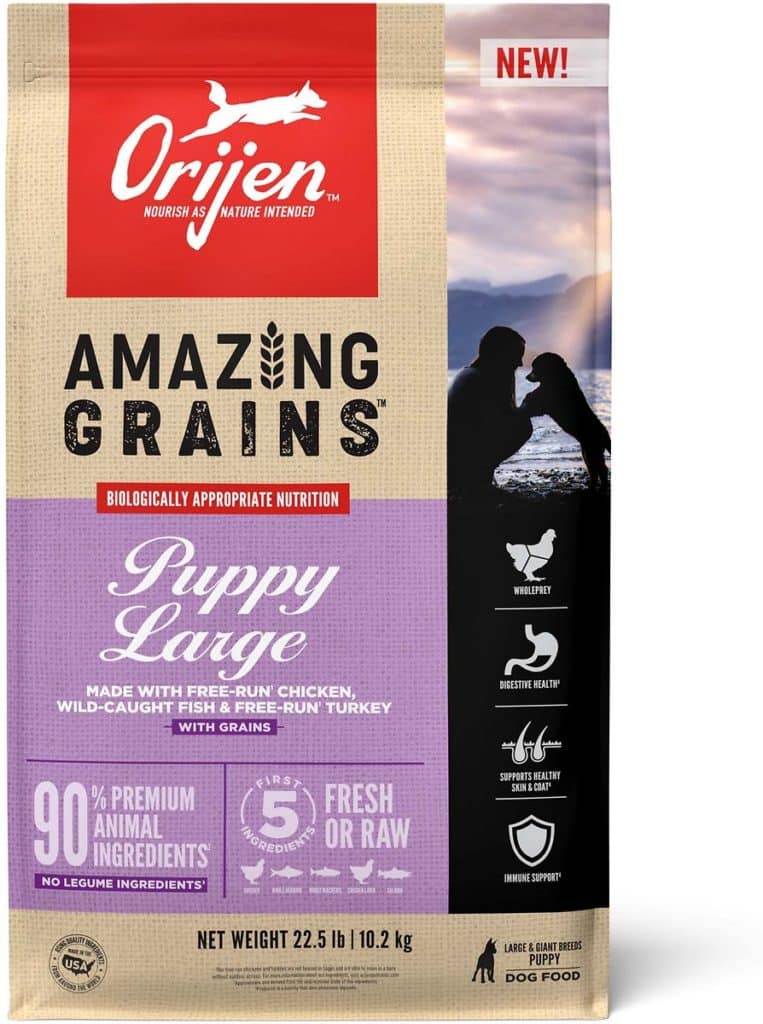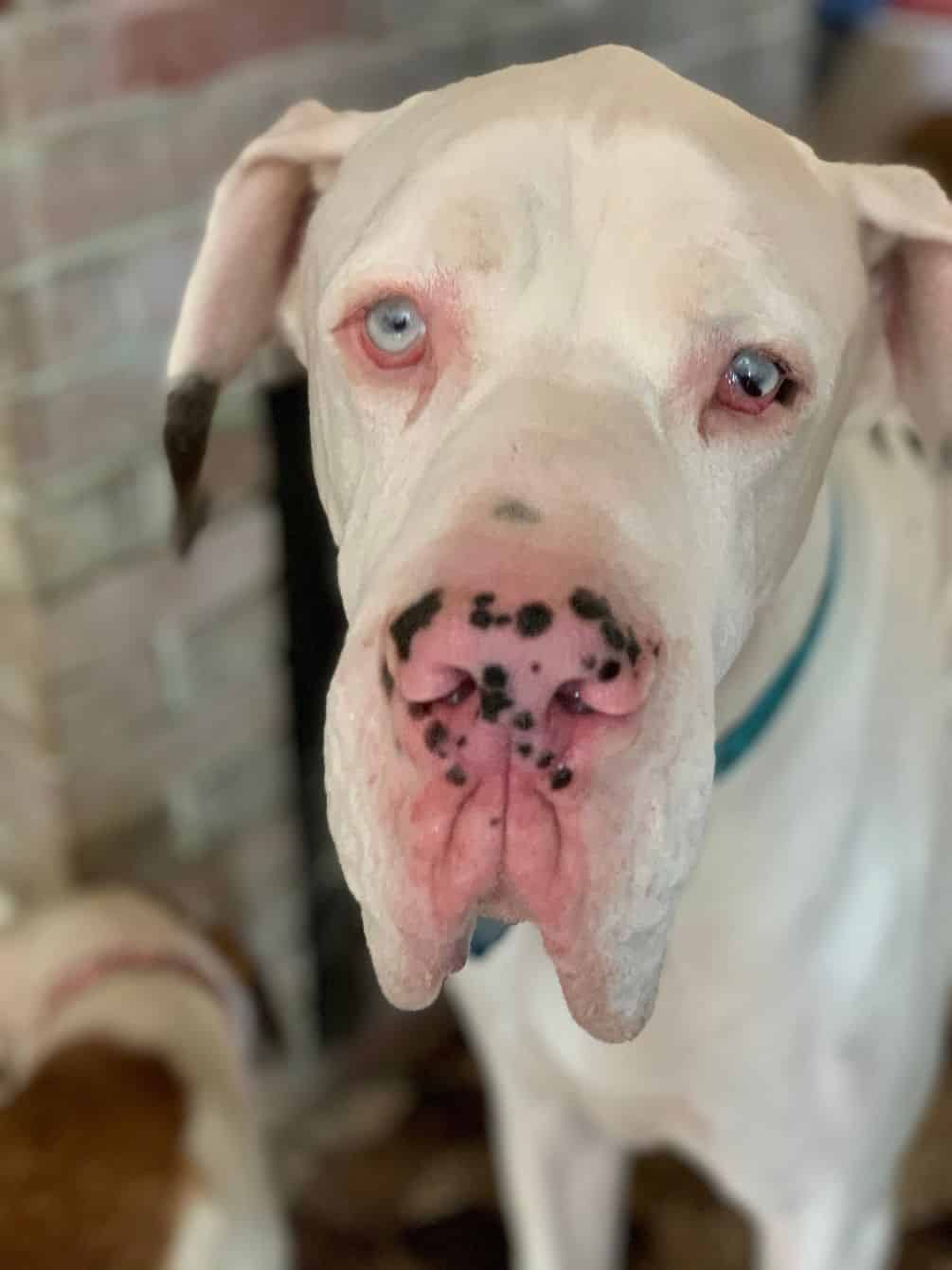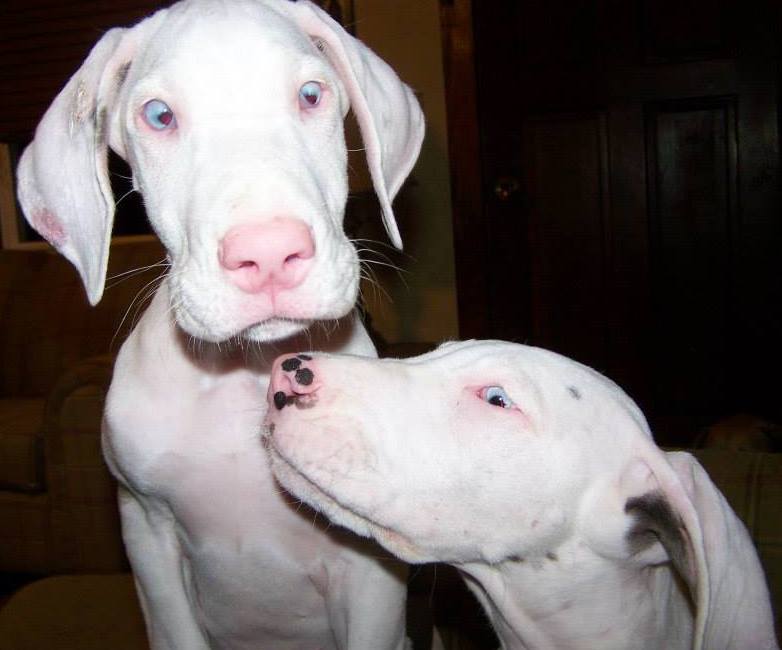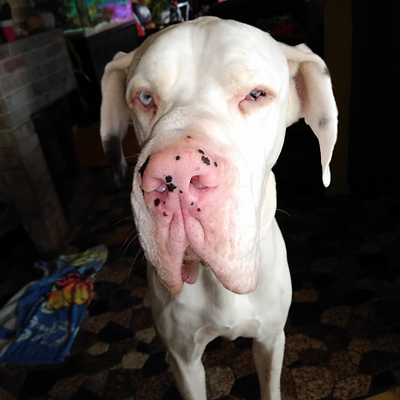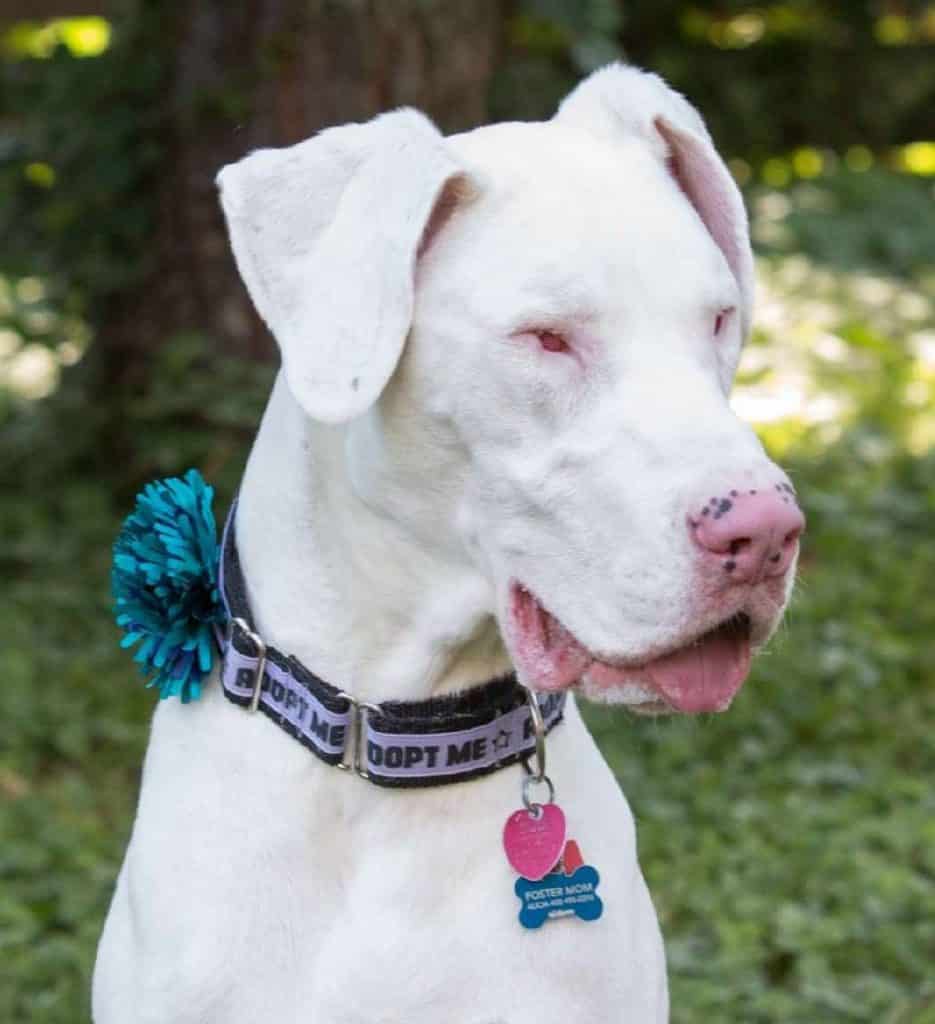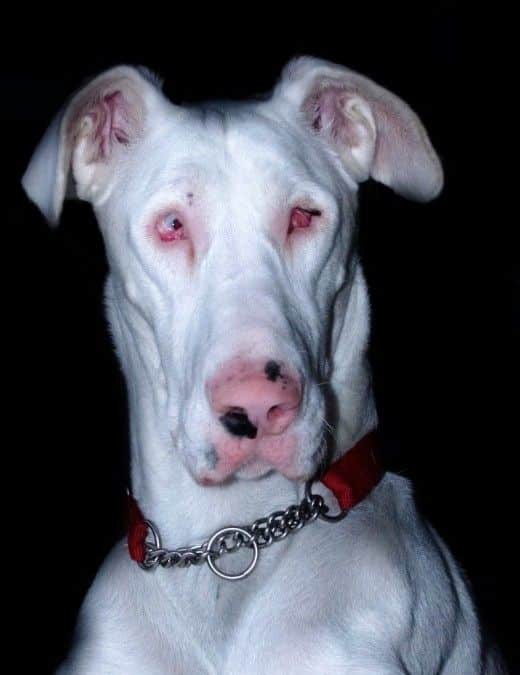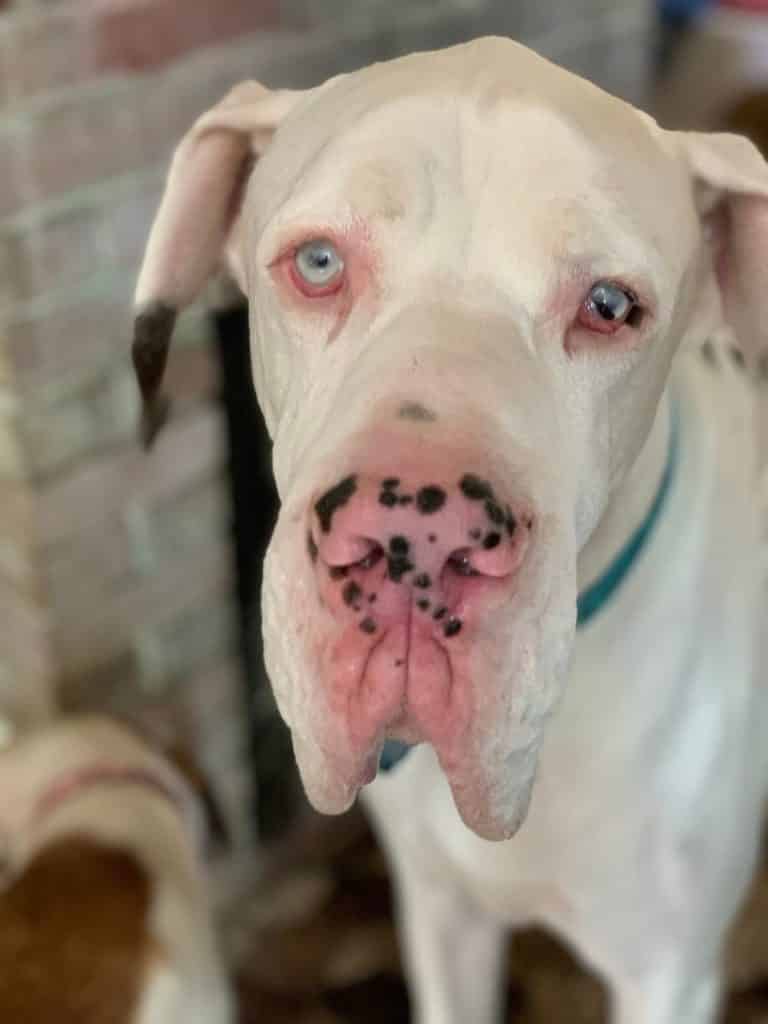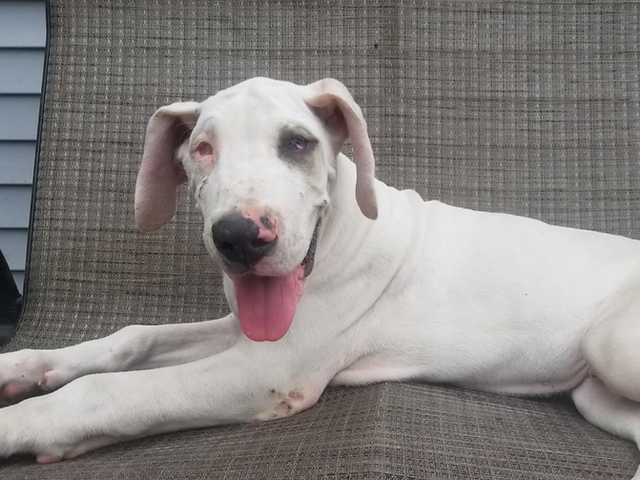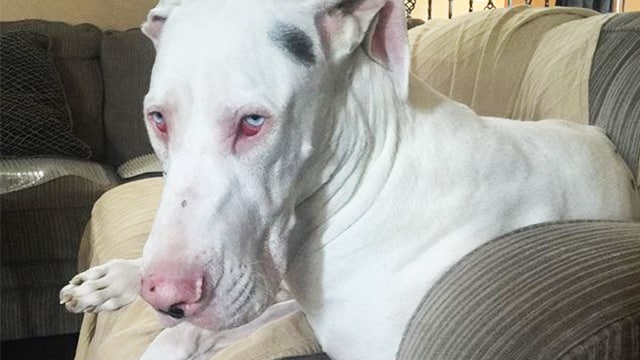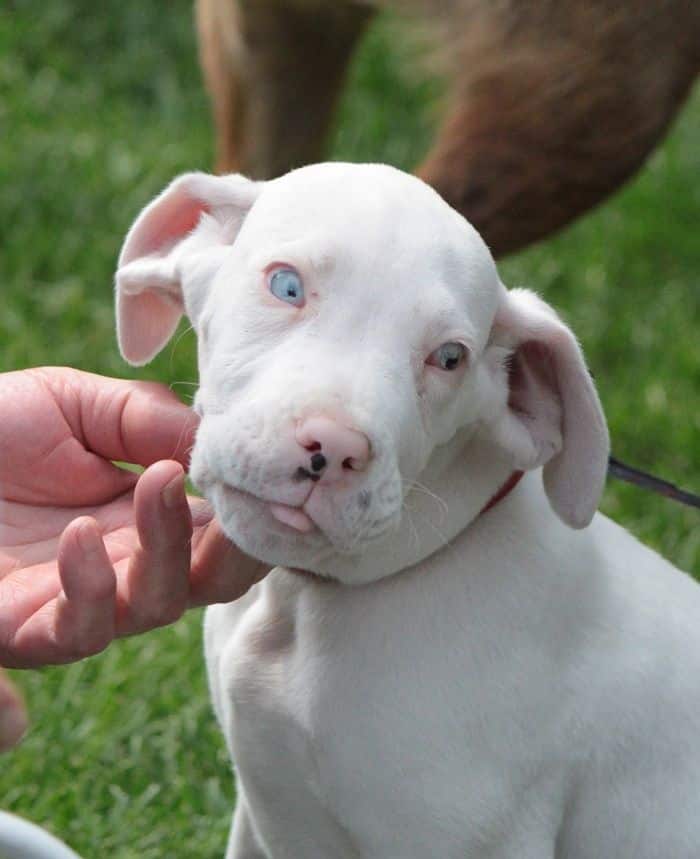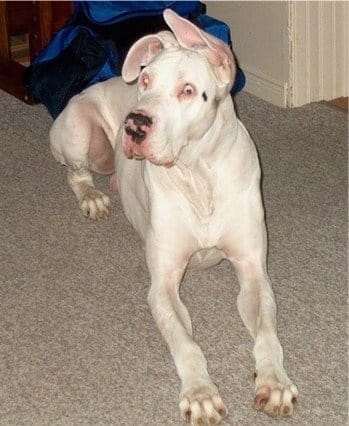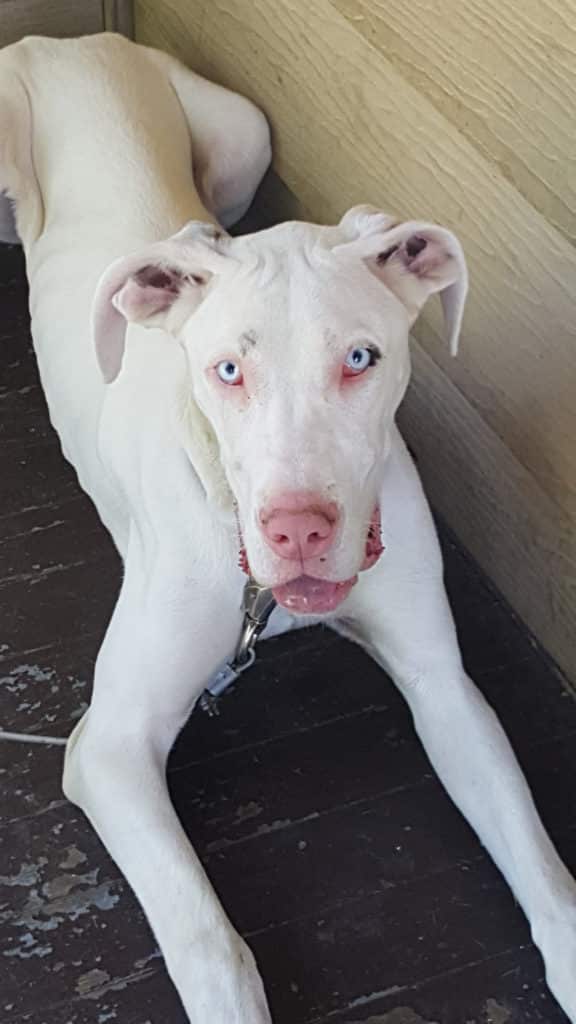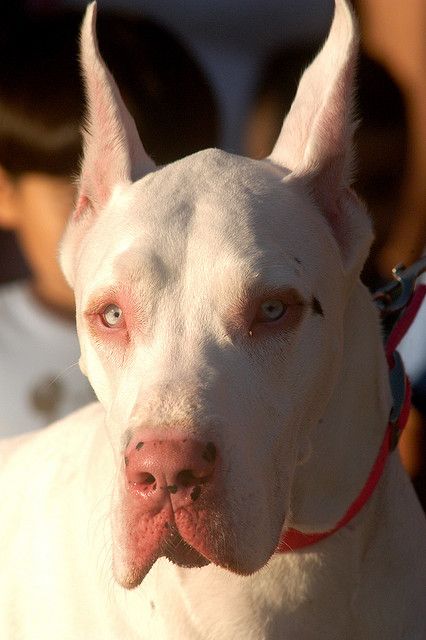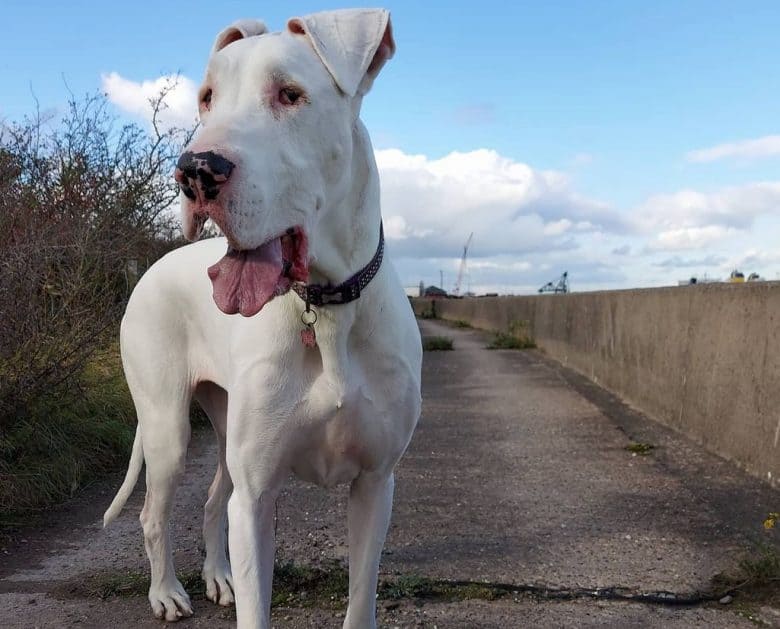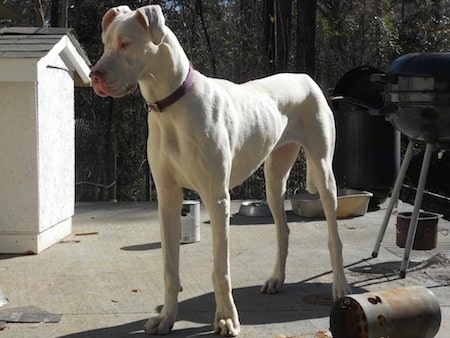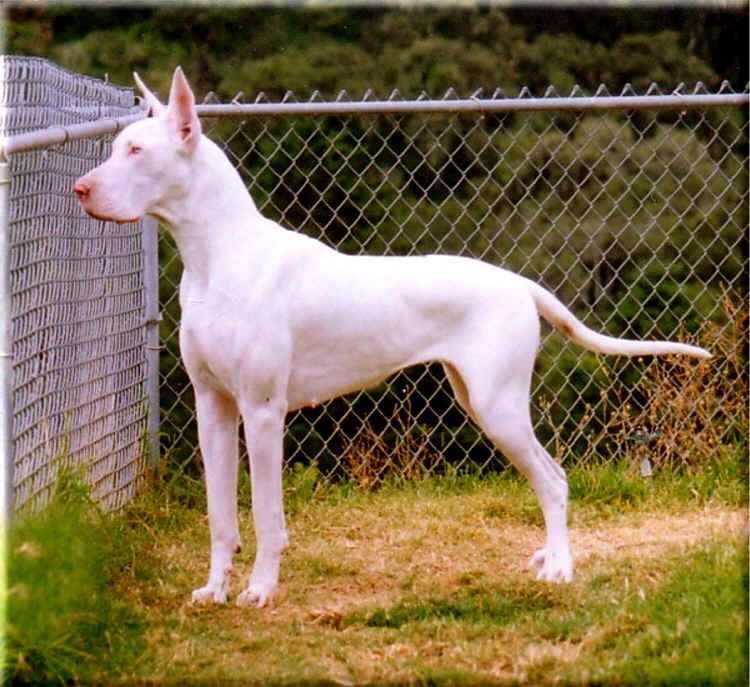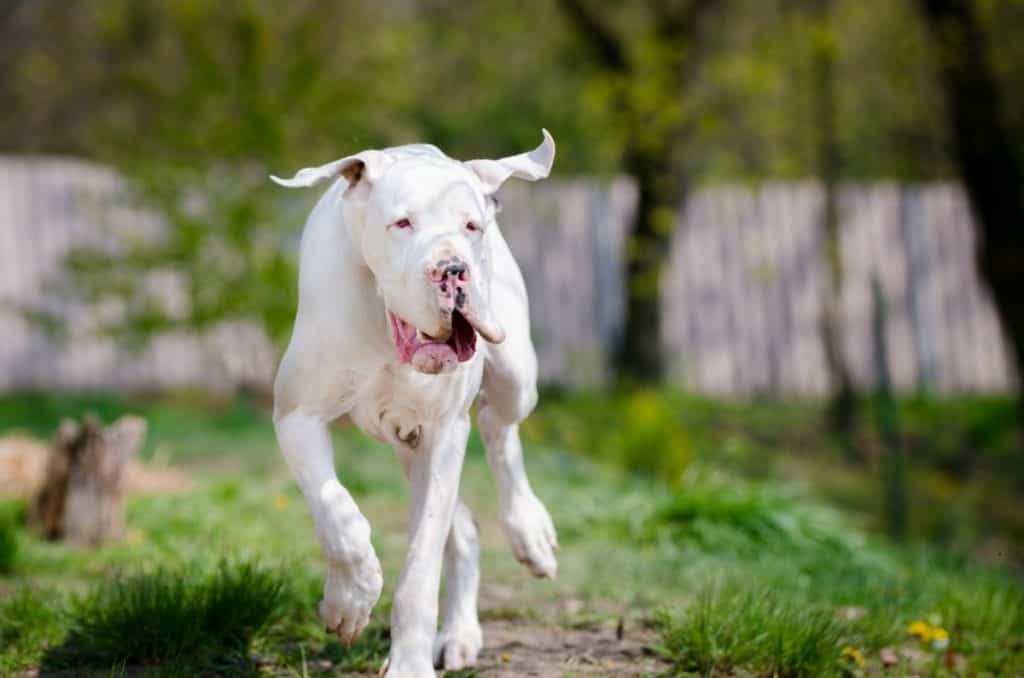There is a lot of advice and marketing floating around in the world of dogs. A lot of it is dated and much of it is actually dangerous! Misconceptions in the world of dogs are rampant and we’re going to clear up some big ones today.
These are 5 common ideas in the world of dogs that are actually a big fat scam! These misconceptions are meant to make you buy more things or do things that could actually hurt, frustrate or even kill your dog.
Read on, friends.
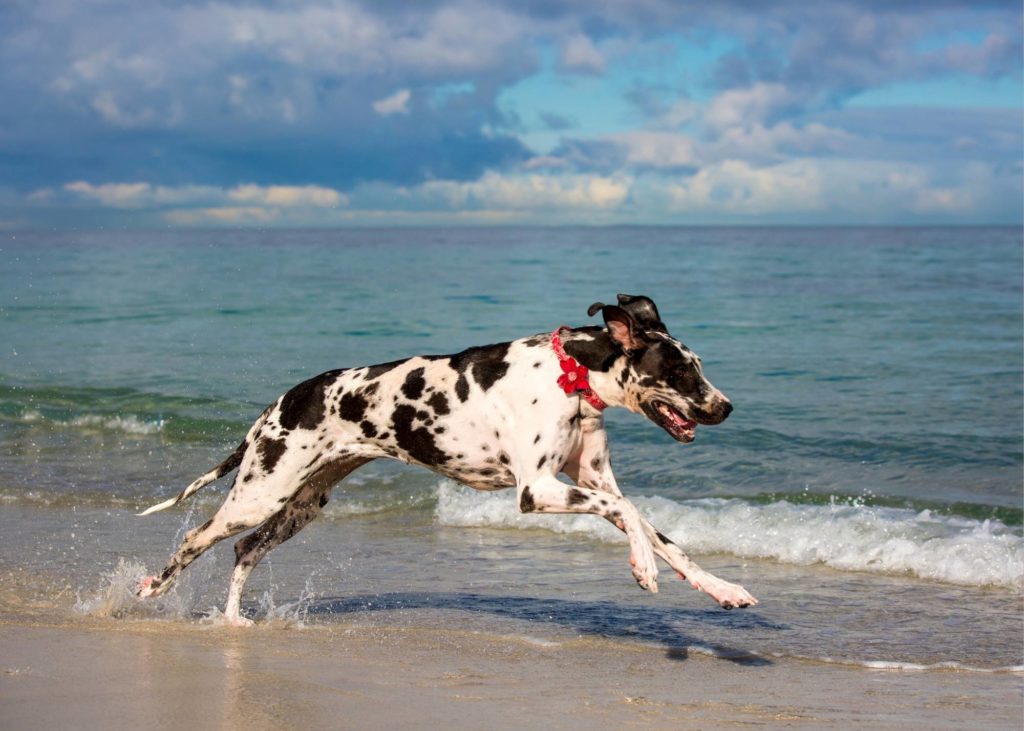
Allergy Testing for Dogs
Many people whose dogs have loose stools, itching, and other symptoms of allergies will turn to blood or saliva allergy tests for answers.
These tests prey on desperate dog owners!
Here is how it goes down:
The results will show a list of things the dog is supposedly “allergic” to. This list most often includes things like chicken, corn, grains, and grass or pollen.
Feeling validated, the owner will then choose a boutique “Limited Ingredient” dog food and spend insane amounts of money on expensive diets, supplements, washes, and more.
When that diet doesn’t work, the owner will switch the diet, again and again, further destroying the dog’s gut health (which of course, leads to more sensitivities, allergies, or even heart failure, YIKES!) while trying to find something that ‘works’).
(See our post below about designer boutique dog food!)
The truth about allergy testing in dogs
There is no good evidence to support any type of blood serum or saliva allergy testing in dogs! As a matter of fact, studies have shown that these tests are wildly inaccurate.
This article from Tufts University outlines the science behind this. https://vetnutrition.tufts.edu/2020/03/food-allergy-testing
How to diagnose allergies in dogs
So what is a pet owner to do?
A food elimination trial using hydrolyzed protein diets is still the gold standard for diagnosing legitimate food allergies in dogs.
This means taking your dog off of all food sources, including treats and counter surfing, except for a highly hydrolyzed protein diet (think Hills z/d or Purina HA) for at least 12 weeks.
If the symptoms improve, then you can slowly add things back in one at a time to see if there is a true allergy.
But beware, these diets are expensive and not all dogs will eat them!
This is, of course, assuming that a food allergy is actually what is happening. Actual allergies to specific proteins in food are exceptionally rare, and there are more often environmental factors at play.
Choosing an appropriate, well-balanced diet (correctly formulated raw and/or quality non-boutique kibble, see below) and addressing environmental allergies with robust gut health and possibly medications (including Benedryl) will be much more effective and healthy for your pet.
8 Must Know’s for Great Dane Nutrition
Great Dane Not Eating – What to Do
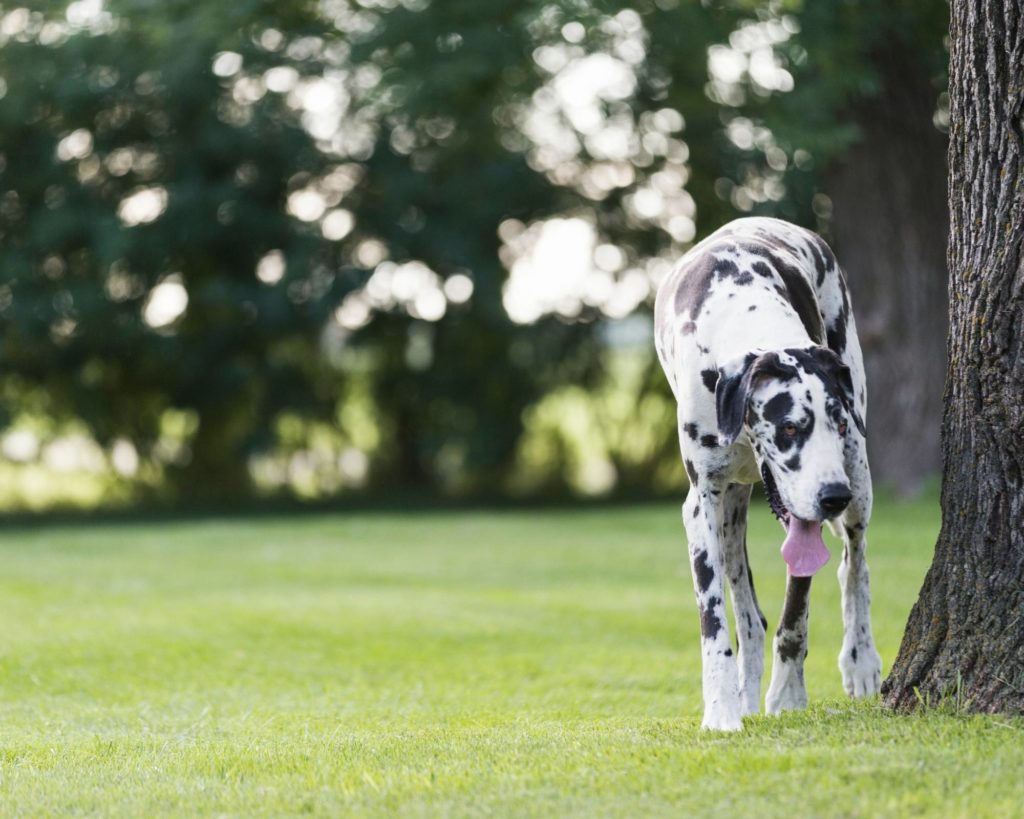
Is “Force-Free” Dog Training Ethical?
The second discussion point in our ‘dog world myths’ series will likely bring us some heat, and that’s ok!
Some dog trainers out there claim to be “Force-Free” and will use marketing to imply that they are the only “humane”, and “science-based” option.
They often spend a lot of time bashing other dog trainers, tools, and methods, too.
But here is the thing:
It’s scientifically impossible to be “Force-Free” or to use only “Positive Reinforcement”.
All dog trainers use some form of positive reinforcement (rewarding the dog for doing something) and negative punishment (taking something away from the dog to decrease a behavior).
Whether it’s withholding a treat, keeping a dog on a long leash, or isolating a dog from socialization and the world to avoid bad behaviors, the reality is that force, punishment, and coercion are at play.
The problem lies in the fact that a “Force-Free” dog trainer will always choose, without exception, no matter the situation, isolation and physical restraint (yes, force) in lieu of just saying NO.
For many dogs, this becomes a compounding source of frustration that leads to anxiety, reactivity, frustration, and over-excitement.
This is especially true when it comes to dangerous and rude (but easily correctable) behaviors such as running out of doors, chasing cars or wildlife, humping, ignoring recall, or jumping the fence.
These are behaviors that “Force-Free” dog trainers will often choose to manage for months or years at a time with, you guessed it, force in the form of physical restraint and isolation.
“Force-Free” is a marketing term that misleads dog owners into thinking they are doing something “positive and humane” for their pets.
Positive Reinforcement in Dog Training
We believe in and use positive reinforcement in dog training! That should always be the primary way to install new behaviors and guide dogs towards making the correct choice.
Dogs should have fun learning and never be subjected to intimidation or harsh, forceful corrections.
However, we recommend avoiding extreme, one-sided dog training methods such as “Force-Free” that are restrictive (and frustrating) to you and your dog.
Communicating mostly YES with an occasional NO as needed is the most humane thing we can do for our pets!
Puppy Training: 5 Mistakes in Training
Is the Gentle Leader an Abusive Tool?
Things that are More Aversive Than an E Collar in Training
The Best Collars for Great Danes

Boutique Dog Foods: Killing our Wallets AND our Pets!
This is a big one, and I’m sorry I’m going to ruffle some feathers here.
I’m talking about those “Grain-Free”, “Natural”, “Human Grade”, “Holistic”, and “Super-Premium” Boutique dog foods.
Before we dive in, here are some simple facts about boutique dog foods:
- They are quite often formulated by people who are grossly under-qualified to do so (for example, FROMM foods are formulated by a chemical engineer. Yikes!)
- The nutritional minimums outlined by AAFCO are simply met on paper, but the foods themselves are not actually subjected to legitimate feeding trials or ongoing research
- There is very little if any, actual research and science being put into the formulations; it’s all made up to appeal to dog owners
- The belief that they are of higher quality is perpetuated purely by dog owners, influencers, pet store reps that stand to profit, and people with no credible background in canine nutrition
Every day expensive new “holistic” dog foods hit the market. It’s a huge money-maker and influencers, pet food reps and dog food companies all stand to profit.
Many (though not all) of these boutique dog food brands are manufactured in the same facilities that make and pack other “super-premium” dog foods. It’s often the same thing, with a different label.
Here are some common boutique dog foods:
They use a lot of marketing to make you feel that you are making a healthy choice for your pet, including the addition of “fairy dust” to make the ingredients list look healthy. (Fairy dust is the addition of fruits and vegetables that are unlikely to add any nutritional value).
These marketing terms are unregulated and meaningless:
- Human Grade
- Holistic
- Super Premium
- High-Quality
- Family-Owned
What is ingredient splitting?
Ingredient splitting in dog food is the process of splitting one ingredient (example, peas) into multiple ingredients on the label to make the diet look better on paper.
For example, let’s say you have dog food that contains peas. The peas may be split on the ingredients list into peas, pea protein, and pea fiber. This is done intentionally to make it more difficult to determine how much of each ingredient is present in the diet.
Ingredient splitting can make dog food look like meat makes up the bulk of the kibble (by pushing the meat product to the first thing in the ingredients list), when really, what you are buying is an over-priced bag of meat-flavored peas. YIKES!
DCM and Boutique Dog Food
There is a known link between boutique diets and the incidence of secondary (nutrition-related) DCM that is actively being researched.
DCM is a silent killer that often results in sudden death where no prior symptoms had been seen. For this reason, it is unfortunately grossly underdiagnosed.
It’s not just secondary nutrition-related DCM, though. Chronic loose stools, itching, bone growth disorders, and problems with the liver, kidneys, or pancreas are common.
Board-Certified Veterinary Nutritionists agree that “holistic” boutique diets, sold to us at higher prices using unregulated marketing terms, are harming our pets.
8 Nutrition Facts to Keep Your Dog at the Right Weight
8 Must Knows for Great Dane Nutrition
Great Dane: Puppy vs. Adult Food

IS GRAIN-FREE FOOD DANGEROUS?
Designer Dogs with Designer Price Tags
Enter the Great Danoodle. The Bernadoodle. The Sheepadoodle.
Designer dogs are mixed-breed dogs, marketed to you as the perfect family pet that is “hypoallergenic”, “great with kids” and “easy to train”. This is a huge scam in the pet industry right now.
Here is the truth about designer doodles!
- Mixing two dogs together does not guarantee that you will get the best traits of each. That’s not how genetics work.
- Poodles are high-energy, intelligent working breeds that require a lot of mental and physical enrichment. Doodle puppies who take on more of the poodle genetics are often the same. They may become aggressive, nippy, destructive, or neurotic when lacking appropriate training, socialization, and enrichment.
- Poodles have a much different orthopedic structure than Sheep Dogs, Bernese Mountain Dogs, and Great Danes. Breeding them together produces a mixed bag that can result in weak hips, roached backs, flat feet, and more.
- Doodles are never bred from excellent breeding stock; no ethical preservation breeder will contribute their dogs to a mixed-breed doodle program.
- Doodles are not hypoallergenic. They have a mixed coat type, each one is different, and some puppies will produce more dander and irritants than others.
- They have intense grooming needs. Doodles require DAILY (yes, daily) brushing and regular trips to the groomer, which can run upwards of $125 or more every 4-6 weeks.
- FUN FACT: Many groomers will no longer accept doodles because too many owners neglect their dog’s coat maintenance and then become upset when their doodle has to be shaved because of pelting and matting.
- Very few, if any doodle breeders will fully health test the dogs they breed. Ethical testing would include doing all of the required tests on both parents, recommended by the respective breed club of each breed in the pairing.
Why are Doodles so popular?
Doodles have been made popular by, you guessed it, marketing and influencers! Look past the marketing before making a decision about purchasing a doodle for your family.
Make sure that both breeds in the doodle mix have the temperament and coat type that you would want to live with, as your puppy could turn out either way.
Off Color and Designer Great Danes
Is Embark a ‘Good Enough’ Health Test?

The Friendly Backyard Breeder in your Community
We support and believe in ethical breeders.
However, the average friendly backyard breeder is the biggest problem in the world of dogs right now!
These breeders often do not know what they are doing, nor do they care.
They mislead pet owners into believing they are ethical, and THAT is an issue.
They will often have nice websites and adorable photos of puppies who appear to be well-cared for. You might hear them say that their dogs are ‘genetically clear’ or ‘vet checked and health tested’.
These friendly backyard breeders, however, do not participate in full, proper health testing or screenings (choosing instead to cherry-pick one or two so they appear reputable). They don’t prove their dog’s structure or temperaments by obtaining titles and participating in the breed’s parent club, and many of them do not support puppy buyers for the life of their dog.
For example, Great Danes should have hips, heart, eyes, and thyroid screened at a minimum, prior to breeding. A “friendly backyard breeder” may only do hips.
These unethical breeders tend to breed dogs together based on their color or features, not because of temperament or correct structure.
They will sell you a puppy who appears healthy, but may:
- Be timid, shy, or even aggressive
- Develop serious behavioral problems
- Have problems with growth
- Suffers from a poor orthopedic structure that could eventually lead to ACL tears or early arthritis
- Die young from genetically linked disorders such as bloat, blood clotting disorders, DCM, or wobblers
Don’t get scammed. Go through your breed’s parent club to find a truly responsible, ethical breeder.
What is a backyard breeder? The AKC has 1000’s.
Scam Breeders: What to Look For
Choosing a Dog From a Show Breeder
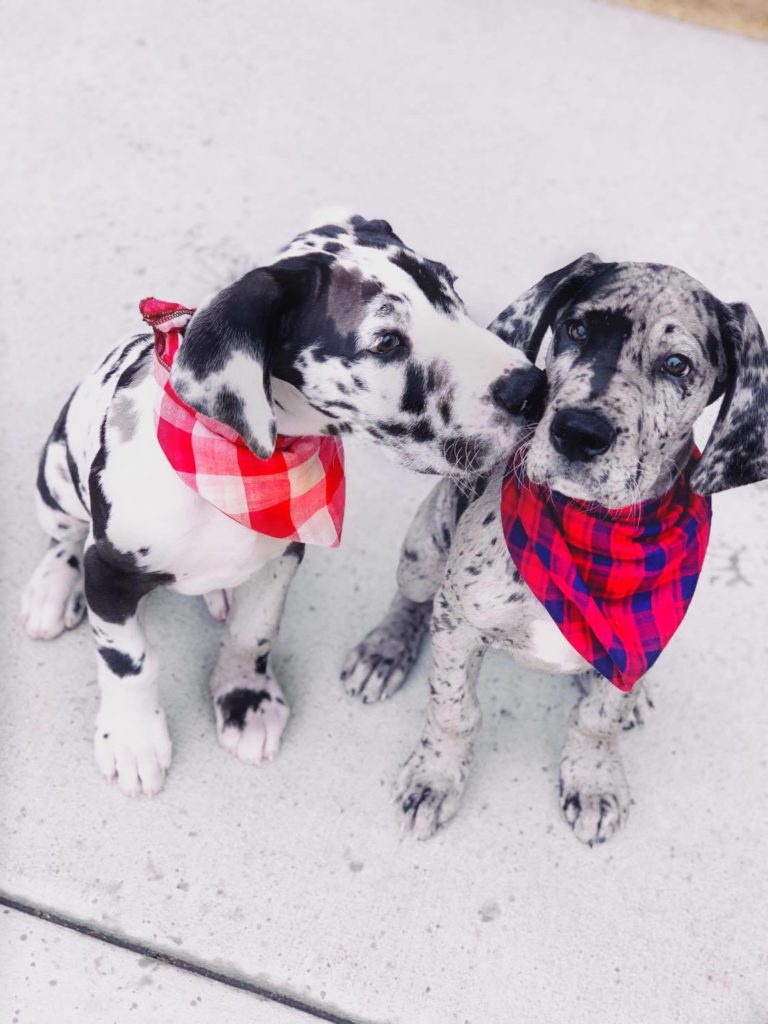
What other common scams in the world of dogs should we cover? Let us know in the comments below!
And, don’t forget to share this post with your friends to help spread the word and keep everyone informed. After all, knowledge is power!

